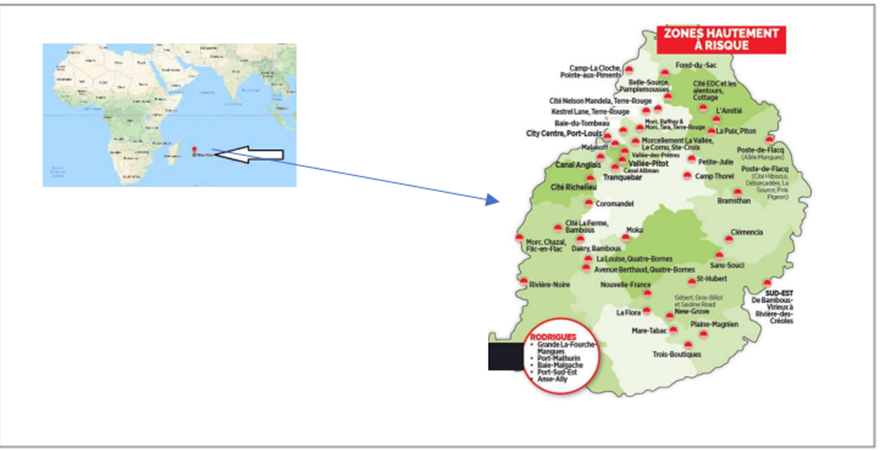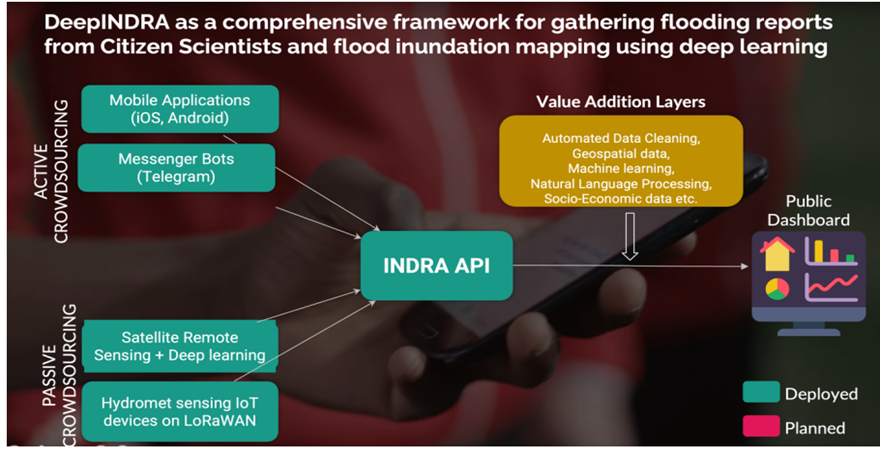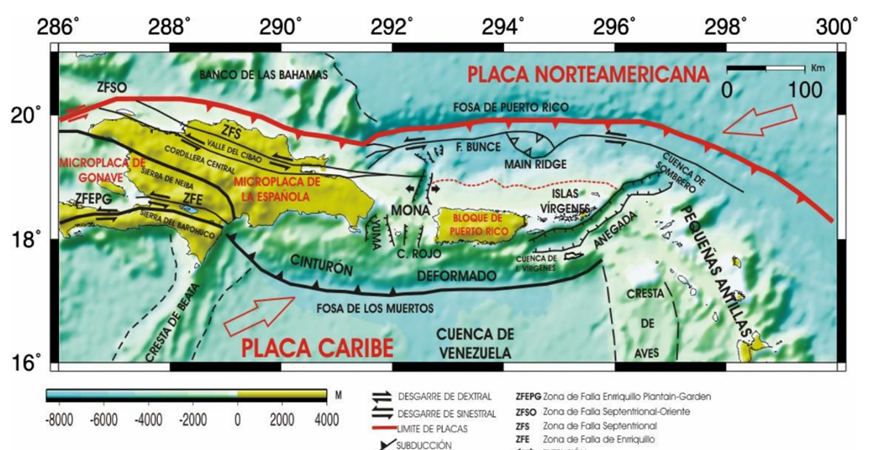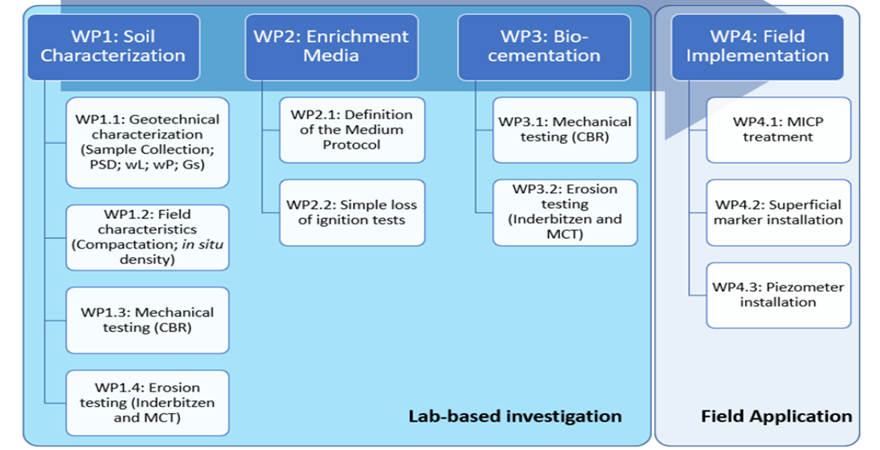- +91-11-4044-5999
- info@cdri.world
-
Copernicus Marg, New Delhi, INDIA
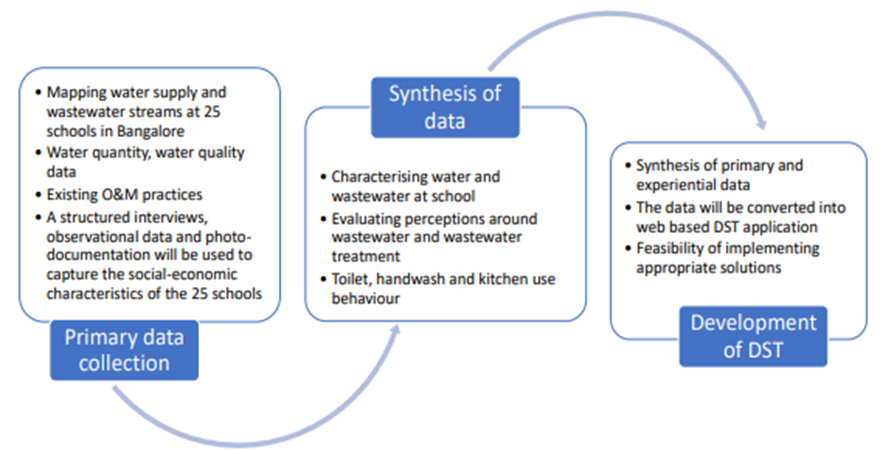
Evidence based decision support tool for implementing IWRM in government schools
Dr Priyanka Jamwal, Dr Durba Biswas
ATREE, India
Research problem: Children, on average, spend 7 - 8 hours daily in school. Most government schools across India lack designed wastewater treatment and reuse systems while facing inadequate water supply of variable quality. This exposes children to increased health risks and impacts the local environment.
Innovation/novelty: The web-based tool generates customised NbS designs for schools. The designs are based on primary data (social and technical) from government schools and evidence gathered from the deployment of Nbs at various sites across Karnataka, India.
Proposed solution: Evidence-based decision support tool for optimal deployment of nature-based solutions (NbS) for water conservation, treatment, and reuse at schools. The web-based tool will allow practitioners, NGOs and CSRs to scale up the implementation of Nbs at speed efficiently.
Research Methodology: Map various water supply and wastewater streams (handwash, toilets, kitchens) in the schools. Understand wastewater treatment practices across the schools. Understand perceptions about water and wastewater linkages among the school community. Estimate wastewater (greywater and blackwater) quantity and quality.
Practical application and implications: The tool allows practitioners, NGOs and CSRs to speed up the scaling up of optimal Nbs interventions at schools. It minimises the cost and effort required to gather primary data on water supply and wastewater generation (quality and quantity) to identify appropriate interventions.
Assumptions: The number of government schools will increase, and pressure to meet sustainable development goals (3, 5, 6 and 11) for these schools will also increase. The schools will have a consistent water supply at taps.
Scope and limitations: The tool has the potential to apply to government schools across countries in the global south. The customised designs generated will have associated capital and O&M costs, which may be resource-intensive for poor regions. The tool will be developed in the English language that excludes non-English-speaking communities.
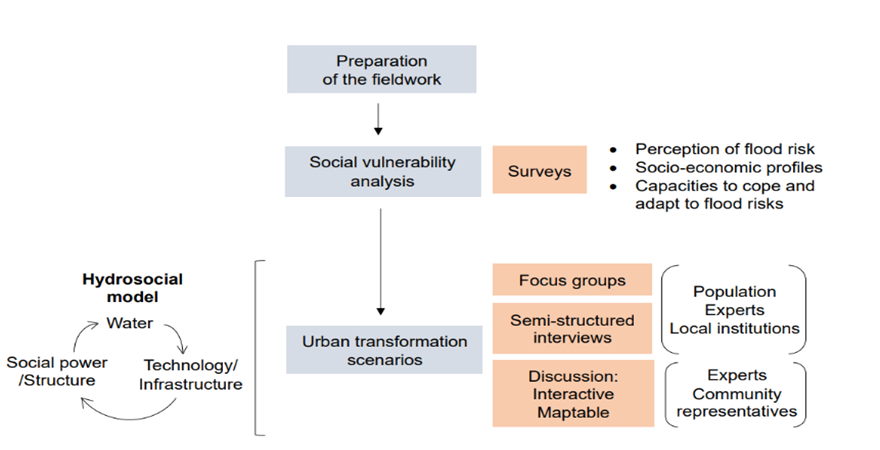
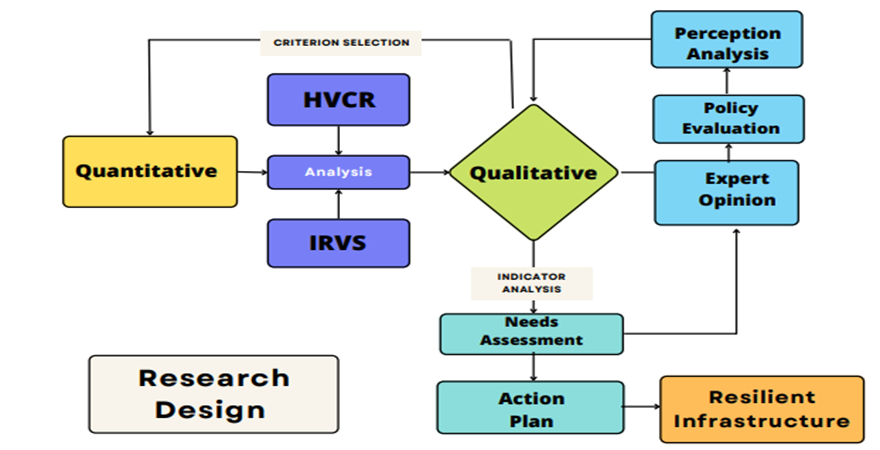
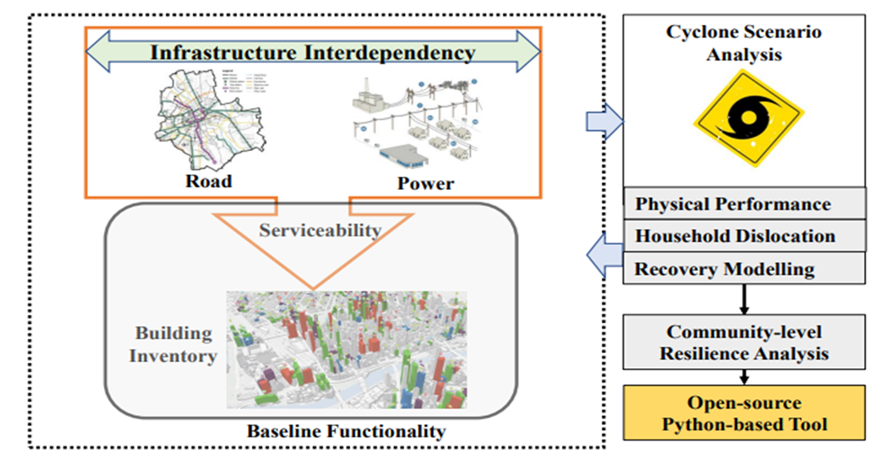
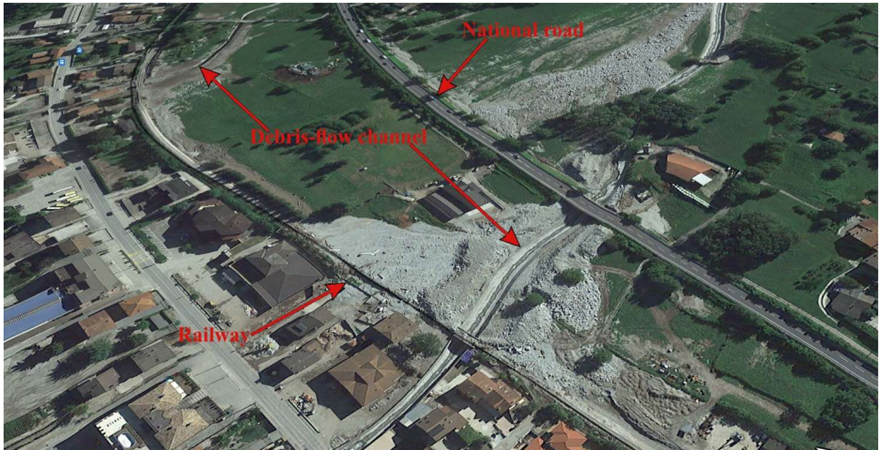
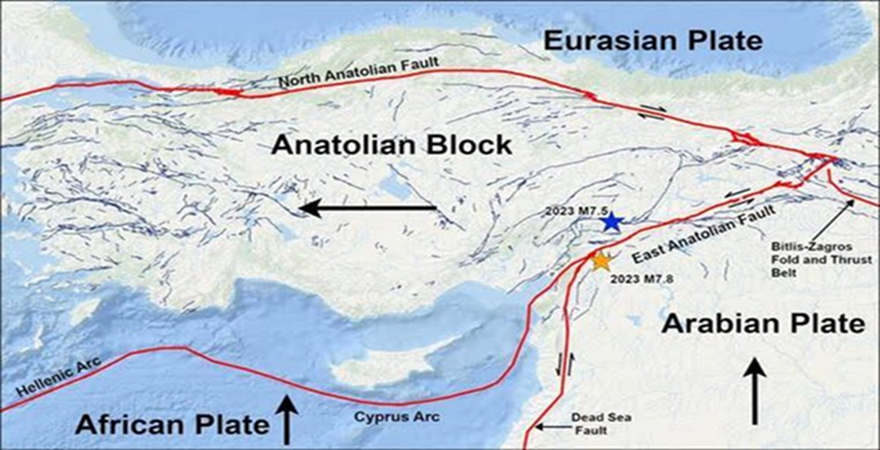
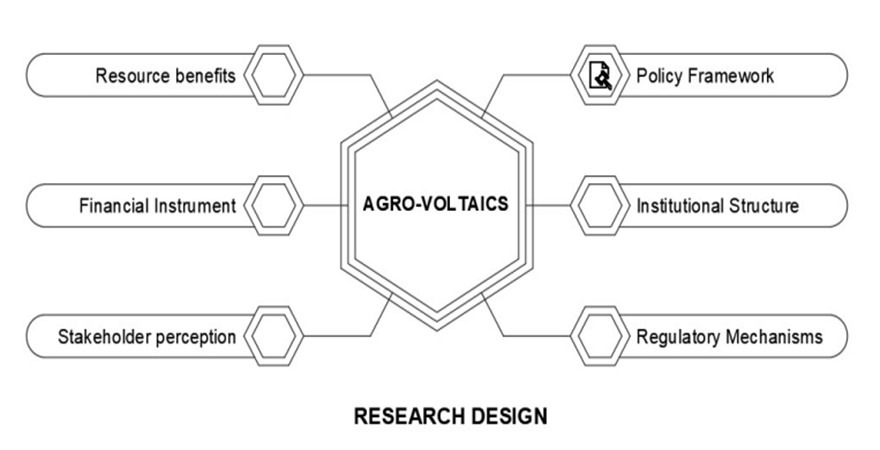
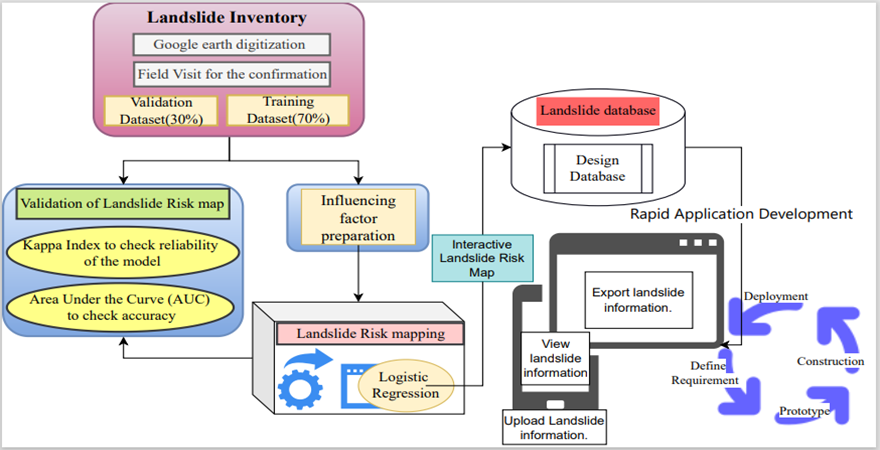

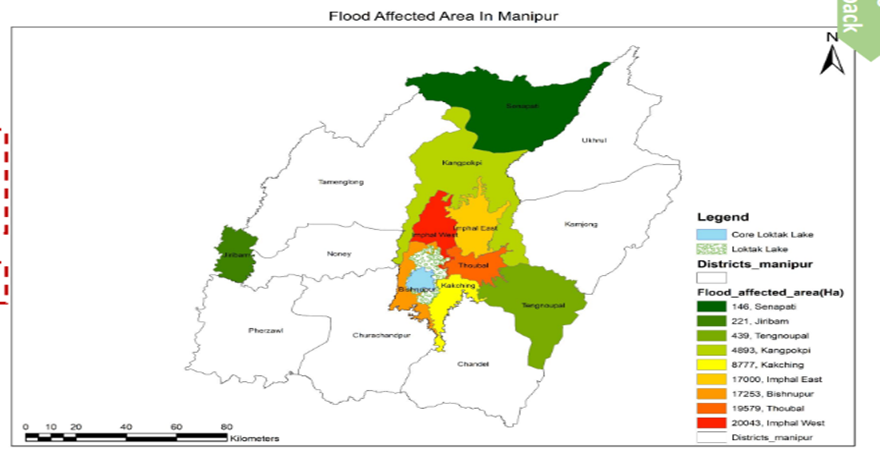
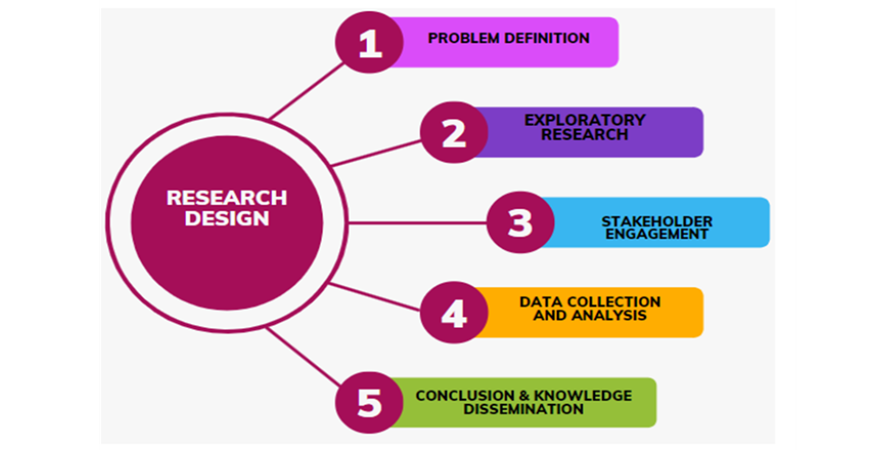
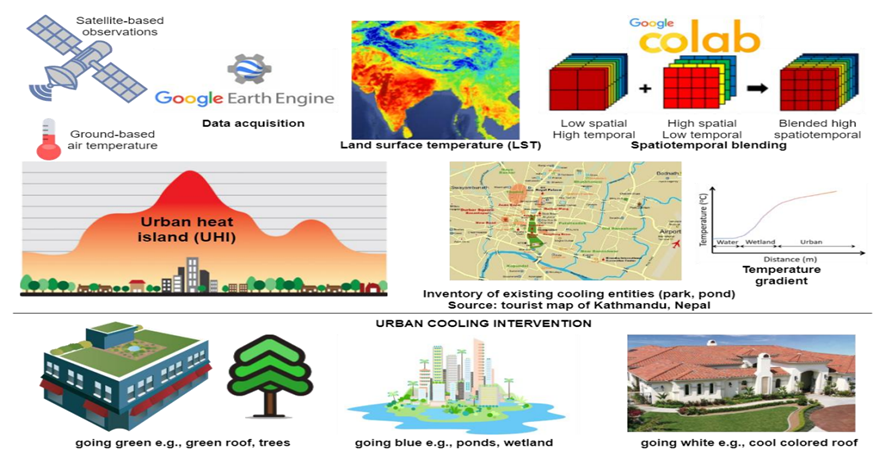
 mainstreaming inclusion of persons with disabilities in disa.png)

